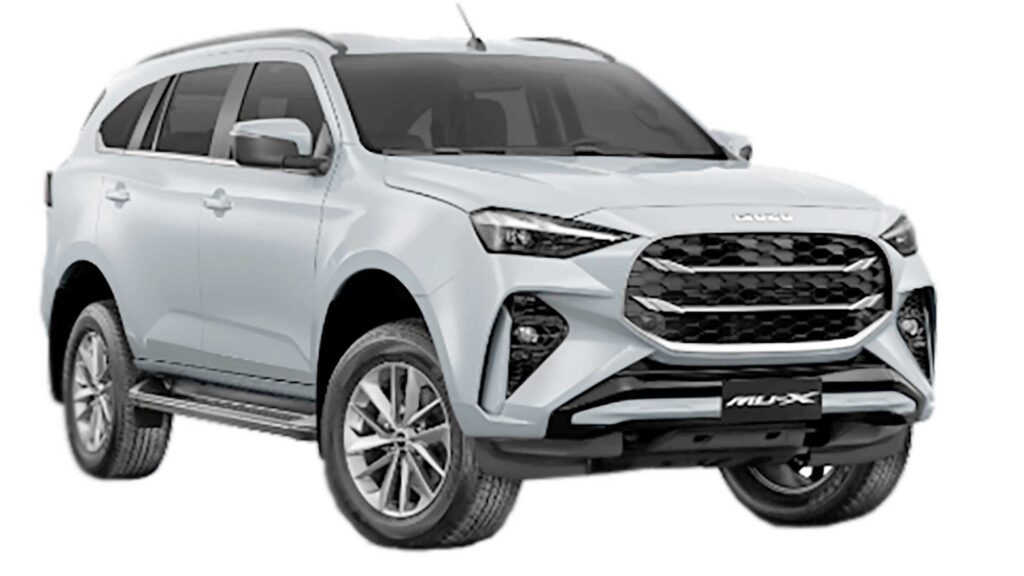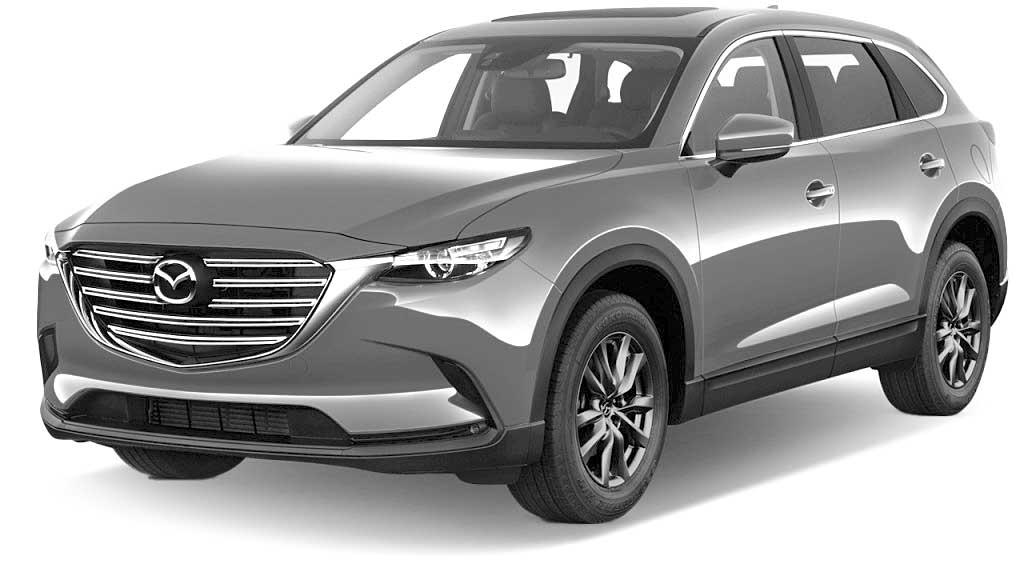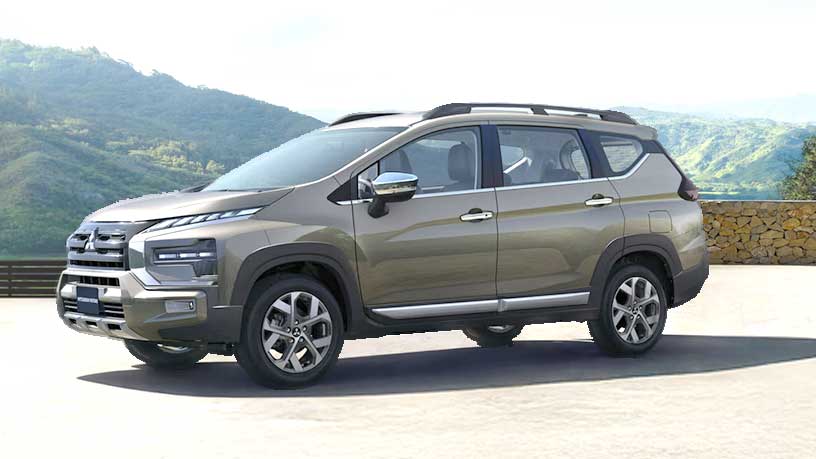The Philippine car market is cruising through a full-blown promo war, and every player is pulling off every trick in the trade to win your wallet. From glossy showrooms in Makati to digital car lots on your phone, it’s a turbo-charged frenzy of zero down payments, hefty discounts, tech-loaded trims, and fresh-off-the-factory ICE and EV rides. Think of it as a mall-wide sale, but with a lot of torque and horsepower.

This is the car industry’s instinctive reaction to its sluggish performance in August, typically a slow month for overall auto sales. Nevertheless, the sector that contributed 18 percent to the GDP last year through the sale of new and used cars, as well as parts and accessories manufacturing, according to the Philippine Statistics Authority, remains on an upward trajectory owing to what finance experts call ‘revenge spending’.
The big winners (for now)
With promos flying faster than a hypercar, buyers are spoiled for choice. You can snag a brand-new sedan or EV without coughing up a down payment.
Features once reserved for luxury trims—such as adaptive cruise control, infotainment screens, and even mild hybrid technology—are now standard fare. These promos are more than just sticker slashes—they’re strategic plays in the auto price war.

But beware: The sugar rush of easy financing can lead to long-term indigestion, or worse, diabetes. Missed payments, ballooning interest, and dips in resale value could spoil the joyride. To stay competitive, dealers are slashing prices and bundling perks.
With EVs entering the market and ICE models still in stock, floor space is a delicate balancing act. Some dealers are turning to leasing just to move metal.
Survival of the flashiest
Those who master online platforms, influencer tie-ins, and TikTok test drives are pulling ahead.
While the government pushes for electrification, the price war muddies the waters. Are buyers choosing EVs for sustainability—or just because they’re cheaper this week?
With financing schemes becoming increasingly creative (or risky), regulators may need to tighten oversight to prevent a bubble.
The situation could worsen with more cars on the road, resulting in increased congestion and pollution—unless EV adoption outpaces ICE vehicle sales.
Mixed bag
Electric vehicles now account for over 6% of monthly sales—a small but growing dent in carbon emissions.
But, even clean cars need space. Urban sprawl and traffic congestion could offset gains unless accompanied by improved public transportation and charging infrastructure.
Car loans are surging, with banks reporting double-digit gains. Banks are adapting by offering low down payments, longer terms, and bundled promos with manufacturers like Mitsubishi Motors. Before the “ghost” month set in, the Bangko Sentral ng Pilipinas chalked up a whopping P655.77 billion in bank loans for all types of motor vehicles, mostly in auto financing as of June 30, 2025. It was an 18.4 percent acceleration, fueled by lifestyle shifts and monetary easing.
That’s good for short-term GDP, but risky if defaults rise.
So far, this bustling market has shown more promos than a Sunday noontime variety show. Here’s a rundown of the latest deals lighting up Philippine malls, showrooms, and online platforms.
Zero-down madness
· GAC GS3 Emzoom 1.5 GS DCT – Zero down payment nationwide. Just sign, drive, and pray your parking skills are up to speed.
· JAC JS2 Pro Flagship – All-in for just P8,000 downpayment. That’s less than a fancy dinner date with a valet.
Cash discounts

· Toyota Corolla Cross 1.8 Hybrid GR-S CVT – Up to P160,000 off. That’s nearly a year’s worth of fuel saved—if you’re still driving an ICE vehicle.
· Chery Tiggo Cross 1.5 Turbo DCT – P100,000 discount. Enough to upgrade your garage.
Feature-packed freebies
· Honda Genuine Accessories Promo – Valid all September. Think spoilers, trims, and tech toys bundled in.
· Toyota Drive Fest 2025 – Up to P30,000 off for walk-ins, reservations, and trade-ins. Plus raffle coupons, insurance coverage, and LTO registration perks.
Flexible financing
· Mazda CX-5 2.0L AT Sport – All-in downpayment of P199,000. Premium SUV feel without the premium pain.

· BAIC B40 Ragnar 2.0L AT – Just P58,000 downpayment. Rugged looks, city-ready price.
Whether you’re eyeing a rugged Ranger or a tech-savvy Territory, the Blue Oval’s lineup is dripping with discounts, low down payments, and sweet extras.
Urban style meets promo power
• Territory Titanium X
• P200,000 cash discount or
• P75,000 downpayment, P24,821 monthly
• Plus 3-Year SSP
• Territory Titanium
• 180,000 discount or
• P69,000 downpayment, P19,999 monthly
Ford Everest: Adventure-ready,
budget-friendly
• Everest Titanium+ 4×4 AT
• P50,000 discount or
• P211,450 downpayment, P43,010 monthly
• Everest Trend 4×2 AT
• P60,000 discount or
• P99,000 downpayment, P30,884 monthly.
That’s like getting a head start on your road trip budget.
Holy grail of affordability
Promos are likened to pistons powering the current auto boom.
This is the holy grail of affordability. Dealers partner with banks to offer zero-down payment schemes, often with stretched terms (up to 5 years) and low monthly dues. It’s not just a payment plan—it’s a psychological unlock for first-time buyers. Promos reframe the car as a monthly lifestyle cost, not a lump-sum investment.
Buyers love simplicity. Promos that include registration, insurance, tint, mats, and even fuel cards create a “just drive” experience. Some even include a free year of PMS (preventive maintenance service).
This option adds perceived value—especially for budget-conscious buyers. Limited-time offers promoted via Facebook Live, TikTok, or Instagram reels. Think P50K off for the first 10 buyers who comment or book online.
EV-specific incentives
Some dealers offer free home chargers, waived installation fees, or charging credits with every EV purchase. Others bundle solar panel consultations or green financing options. These incentives address the most significant barrier to EV adoption—charging anxiety.
The price war’s impact on EVs in the Philippines is like watching a high-stakes street race—except the electric cars are finally getting traction, and the old gas guzzlers are starting to sweat.
Showroom stars
The promo war has turbocharged EV visibility. With promos slashing sticker prices and government incentives acting like nitrous boosts, EVs are no longer just for the tech elite—they’re becoming a viable option for the everyday commuter.
EV sales jumped from under 1,000 units in 2022 to nearly 20,000 projected by end of 2025. Hybrid and battery-powered models now make up 6.04% of the market—a small but growing slice of the pie. From January-August 2025, EVs sold 18,439 units, a 65% year-on-year jump from 11,186 units, according to a joint report released on Sept. 16 by CAMPI, or the Chamber of Automotive Manufacturers of the Philippines, and TMA, Truck Manufacturers of the Philippines, both of which track the auto industry’s monthly sales performance.
Showroom star BYD Philippines pulled off a quantum leap of 8,900% in 2024 alone, now commanding 69% of the BEV market. Their strategy? Affordable pricing, broad dealership reach, and their own charging network via Ayala’s ACMobilit
Other Chinese EV brands, such as Jetour and GAC, are offering zero down payments, low monthly amortizations, and tech-loaded trims that rival their ICE counterparts.
But among the BEVs, Tesla Motors Philippines was the breakout star, selling 1,808 units from January to August—more than half of all BEVs sold. That’s 3x the 2024 sales of 508 units, giving the trillionaire Elon Musk’s company a commanding lion’s share of the segment.
Tesla’s secret? Aggressive marketing, referral programs, test drives, and free supercharging promos helped boost visibility and consumer interest.
These deals are making EVs look more like wise, budget-friendly choices—especially with fuel prices still behaving like a rollercoaster.
ICE vs. EV showdown
Traditional carmakers are now forced to sweeten their ICE deals to keep up. That means more discounts across the board—but also thinner margins.
Meanwhile, buyers who once hesitated due to high EV prices or “range anxiety” are now reconsidering, especially in urban centers where charging stations are popping up like fast-food chains or the modern-day version of your neighborhood sari-sari stores.
Despite the boom, however, the country has far fewer charging stations than needed, falling well short of the 5,000 target by 2030.
Most chargers are clustered in upscale malls and office buildings, leaving provincial buyers in the slow lane.
On the other hand, more EVs on the road means lower emissions—if the grid stays clean and charging expands equitably.
Booster shot
The EV boom is fueling local assembly, dealership expansion, and tech investment. It’s not just a green shift—it’s an economic one.
But, if promos outpace infrastructure and consumer education, we risk a bubble—where buyers jump in for the deal, not the long-term value.
The government’s incentives are strong, but oversight of financing schemes and battery disposal remains a work in progress.
The tariff killer
Initially signed in January 2023 and expanded in May 2024, EO 12 is the big wave of EV incentives:
· 0% import tariffs on a wide range of EVs until 2028, including:
• Battery electric vehicles (BEVs)
• Plug-in hybrids (PHEVs)
• Hybrid electric vehicles (HEVs)
• E-motorcycles, e-bicycles, e-tricycles, e-jeepneys, and e-buses
Also covers EV parts, components, and CKD (completely knocked down) kits, encouraging local assembly and manufacturing
This move isn’t just about cheaper cars—it’s about building a domestic EV ecosystem, from assembly lines to charging stations.
Excise tax exemptions
EVs are exempt from excise taxes, while ICE vehicles typically pay based on engine displacement and price.
This helps close the price gap between EVs and their gasoline counterparts, making electric mobility more accessible to middle-income buyers.
EV owners enjoy reduced annual registration costs, easing the long-term financial burden of ownership.
Some LGUs are even exploring free parking or priority lanes for EVs—though implementation varies.
This is the government’s way of saying: “We’re not just selling EVs—we’re building an industry.”
Preferential treatment
Government agencies are now encouraged to prioritize EVs when purchasing fleet vehicles. This boosts demand while signaling public acceptance in several ways:
· Reduce emissions by 75% by 2030
· Create green jobs in manufacturing, R&D, and infrastructure
· Attract foreign investment and position the Philippines as a regional EV hub.
The auto market is in full throttle mode—buyers are cruising, dealers are hustling, and regulators are adjusting their rearview mirrors and taking a second hard look. But like any race, it’s not just about speed. It’s about control, sustainability, and knowing when to slam the brakes.




